Indonesia car survey: overcoming barriers of car purchase
Oct 08, 2024
Demand for passenger cars is declining The Indonesian automotive market in 2024 presents both
Consumer immersion meets innovation
Consumer immersion meets innovation; well, it should, at least. In the fast-paced world of innovation, the race to create the next groundbreaking product is relentless. Countless endeavours in innovation reveal a fascinating space that often sees stumbles and failures. Why?
Because many innovators miss a fundamental step: actually listening to the people they’re trying to help. This is also known as ‘consumer immersion‘.
At its core, design thinking finds its roots in ethnography, a research approach centred around understanding people through observation. Design thinking consistently emphasises the crucial link between understanding customer problems and providing effective design solutions. In essence, design thinking is not just a process; it’s a journey into the depths of people’s emotions, experiences, aspirations, and challenges.
It’s astounding how many innovators bypass the essential step of observing consumers in their natural settings. Instead, they rely on artificial workshop environments, brainstorming ideas without ever stepping into the shoes of the end user. This oversight is a recipe for failure.
Consumer immersion meets innovation. Let’s face a stark reality: A frequently cited statistic, often attributed to the late Harvard Business School professor Clayton Christensen, claims that among the 30,000 new consumer products introduced annually, a staggering 95% fail. With mobile apps, the odds are even slimmer, with 99.5% of consumer apps failing. Most are built because “we have the technical skills to do so,” but just because you can doesn’t mean you should.
The primary reason for this failure is simple—they don’t solve a problem or meet a genuine need. Take Google Glasses as an example; a brilliant creation, but it failed because it didn’t address a fundamental consumer need.
Innovation, at its core, is about fixing problems, addressing consumer needs, and enhancing experiences. It’s not about creating solutions for nonexistent issues. Hence the title; Consumer immersion meets innovation.
So, how do we uncover and understand these problems? Observation is key. We must watch, listen, and immerse ourselves in the consumer’s world. But why is observation superior to asking? We all have our inherent biases; we forget things, we misremember things, and often, we want to present ourselves in a more favourable light, especially in controlled environments like focus groups. In a focus group, people may claim they sleep well, eat healthily, exercise frequently and even buy their girlfriends flowers. That’s not always the truth. Observing actual behaviour provides a truthful glimpse into what consumers do, not just what they say they do.
For instance, if you’re working on a new drink, you would want to see how people act in social settings. If it’s about food, you might watch how people shop, see how they cook at home, or even observe kids in schools—checking out their behaviour in the canteen or on the way home. Even seemingly mundane activities, like preparing apples, are essential for understanding how people use your products.
Imagine this: if you were on a mission to promote eating apples more often, which visual would you choose? A smiling woman biting into an apple with pure joy lighting up her face, or a plate displaying neatly peeled and sliced apples?
Surprise, surprise – if you were in Vietnam, the correct answer would be the latter. Because that’s how Vietnamese people eat apples!
In the qualitative immersion study conducted by Cimigo, courtesy of New Zealand Trade and Enterprise, the majority of consumers exhibited a tendency to wash apples immediately after purchase to maintain a clean fridge environment. A few chose to place them directly in the fridge and wash them before consumption. Regardless of the approach, the washing process followed a consistent routine: rinsing, soaking, drying, peeling, extra soaking, and handling leftovers.
This highlights how understanding local nuances through immersive observation can fuel insight for tailored marketing communications, offering a strategic edge in engaging with diverse audiences.
Observation leads to insight—the hidden truths about how customers feel and act. These insights become the foundation for innovation, allowing marketers to leverage these truths effectively.
OMO’s ‘Dirt is Good’ campaign is a powerful example of strong insight and storytelling, proving that by addressing the universal need of parents for their kids to have fun, learn, and develop—even if it means dealing with messy clothes—a brand can grow to be powerful, purposeful, and profitable. Great brands touch a deep desire or alleviate a deep pain.
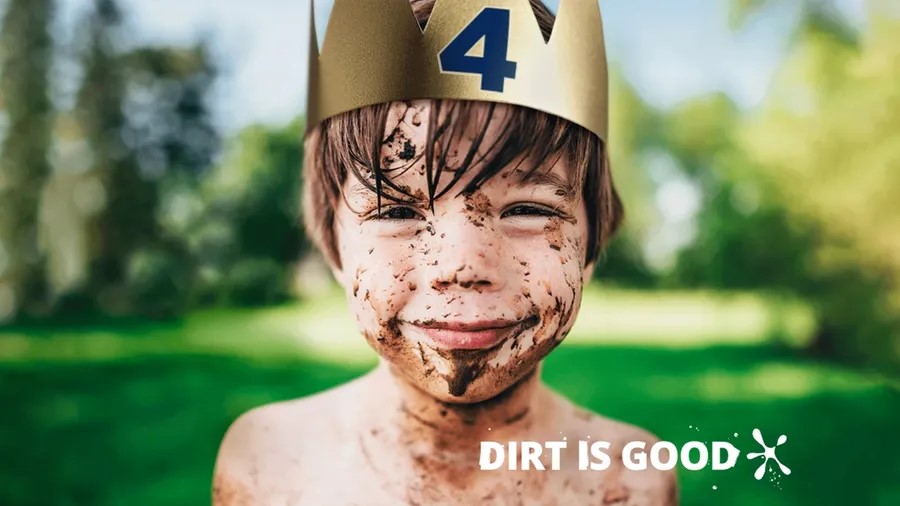
Image: OMO’s Dirt is Good
In December 2022, sales of Unilever’s Dirt Is Good brand surpassed the €4 billion mark.
Now, Immersion is just a part of the process. Once you have gathered enough observations and turned them into powerful insights, you can feel empowered to continue with the remaining steps in the innovation journey. This 7-step process is a comprehensive guide from observation to impactful innovation, whether you’re creating new marketing communication or developing a new product.
The takeaway is that the success of innovation hinges on immersion. It’s about observing, understanding, and solving real problems that people face. By observing, we bridge the gap between what people say and what they actually do, unlocking the true potential of innovation. It’s like baking a cake; first, we need to know what ingredients and flavours people enjoy before perfecting the recipe.
This approach doesn’t just make a big difference; it makes your innovation more likely to win. So, the next time you embark on an innovation journey, remember the power of immersion—it might just be the missing ingredient that propels your idea to success. May your innovations be as insightful as they are impactful.

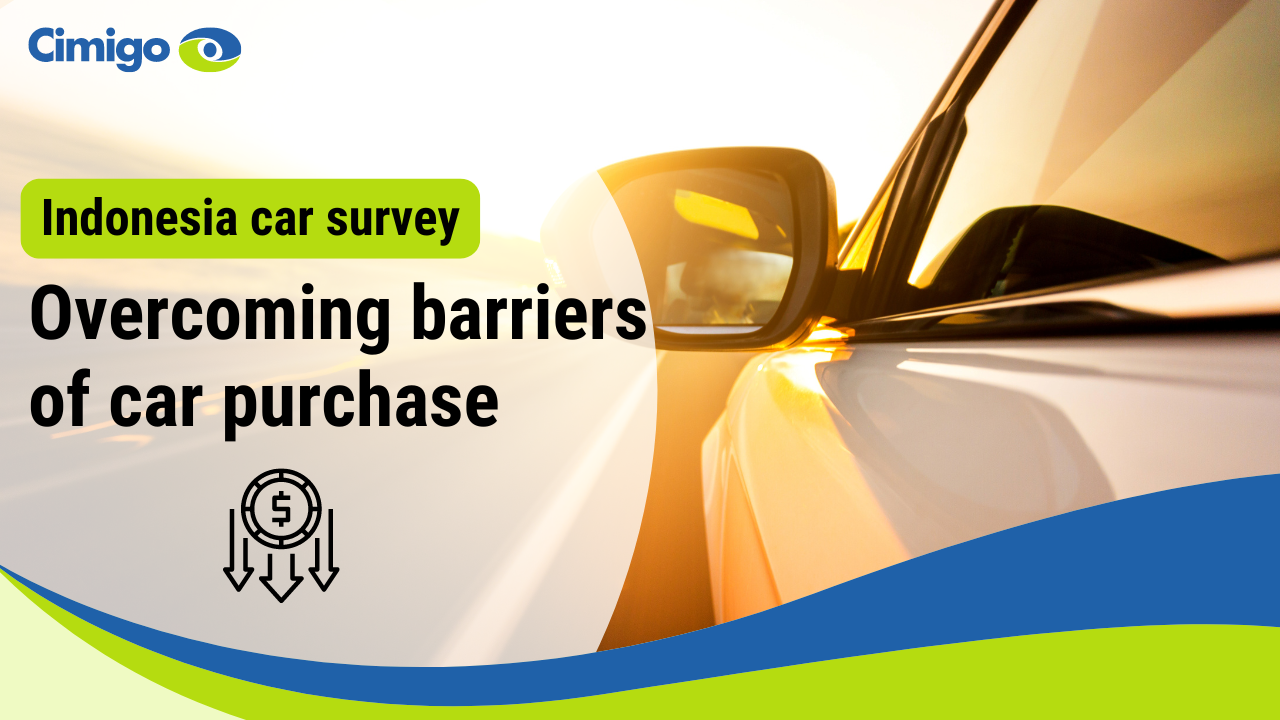
Indonesia car survey: overcoming barriers of car purchase
Oct 08, 2024
Demand for passenger cars is declining The Indonesian automotive market in 2024 presents both
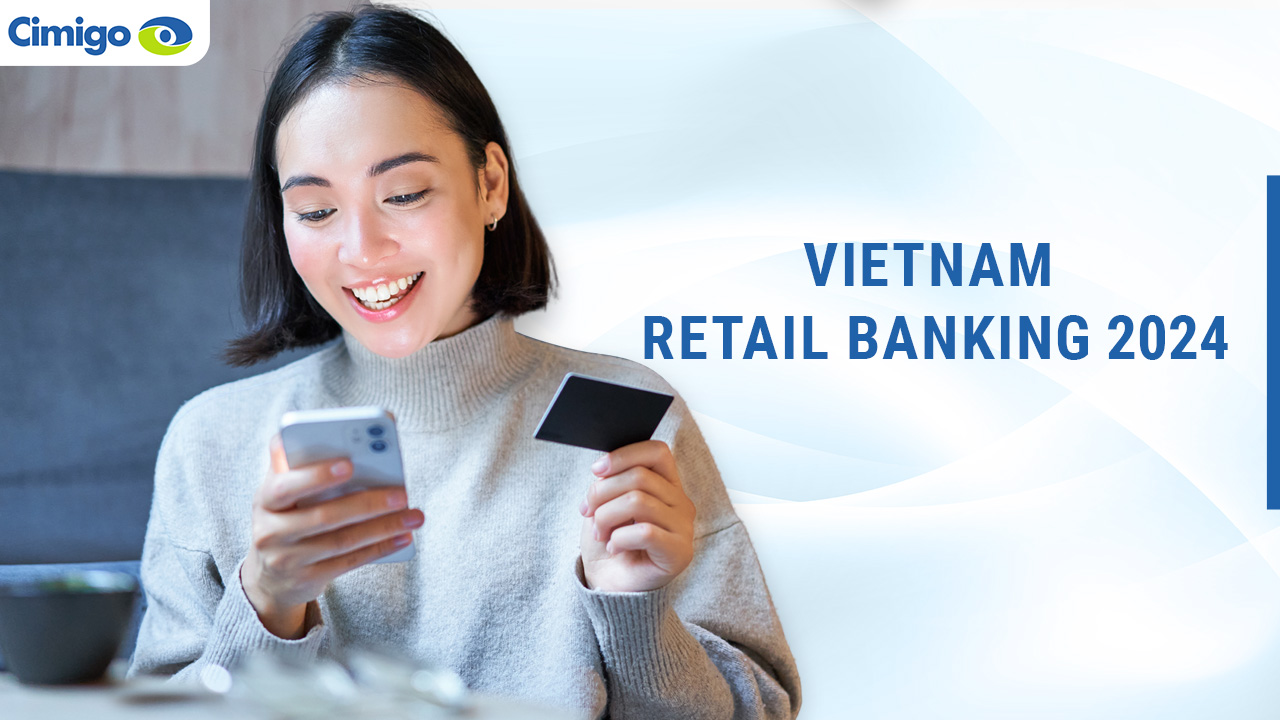
Vietnam retail banking 2024
Sep 17, 2024
Unlocking the future of retail banking Vietnam retail banking 2024 The world of retail banking is

Vietnam uninterrupted: a twenty-year journey
Mar 18, 2024
Trends in Vietnam: Vietnam uninterrupted: a twenty-year journey Trends in Vietnam. Witness
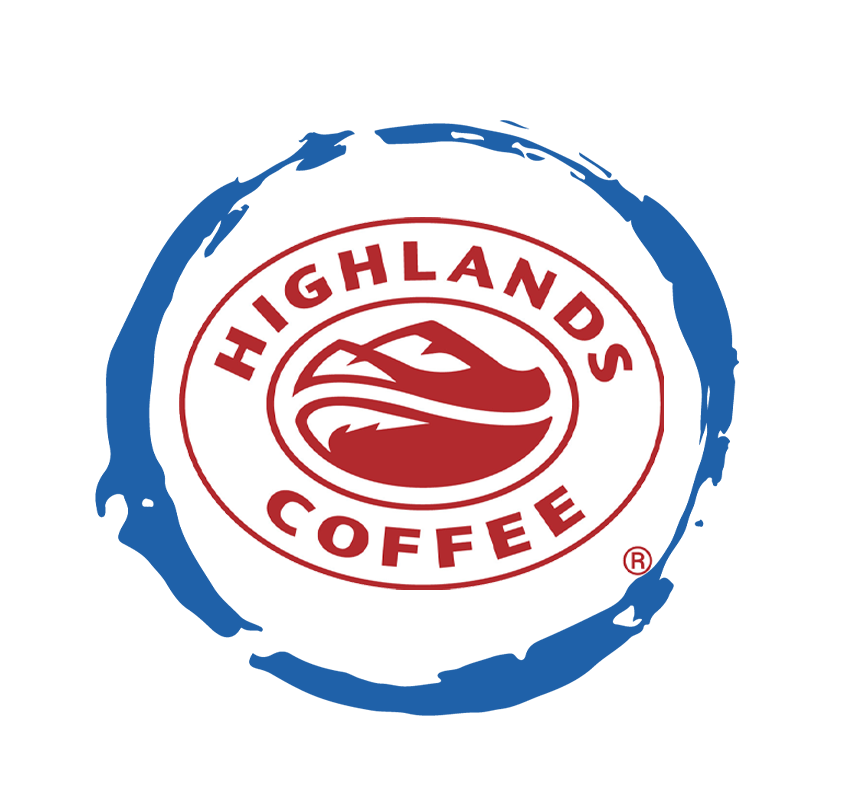
Hy Vu - Head of Research Department
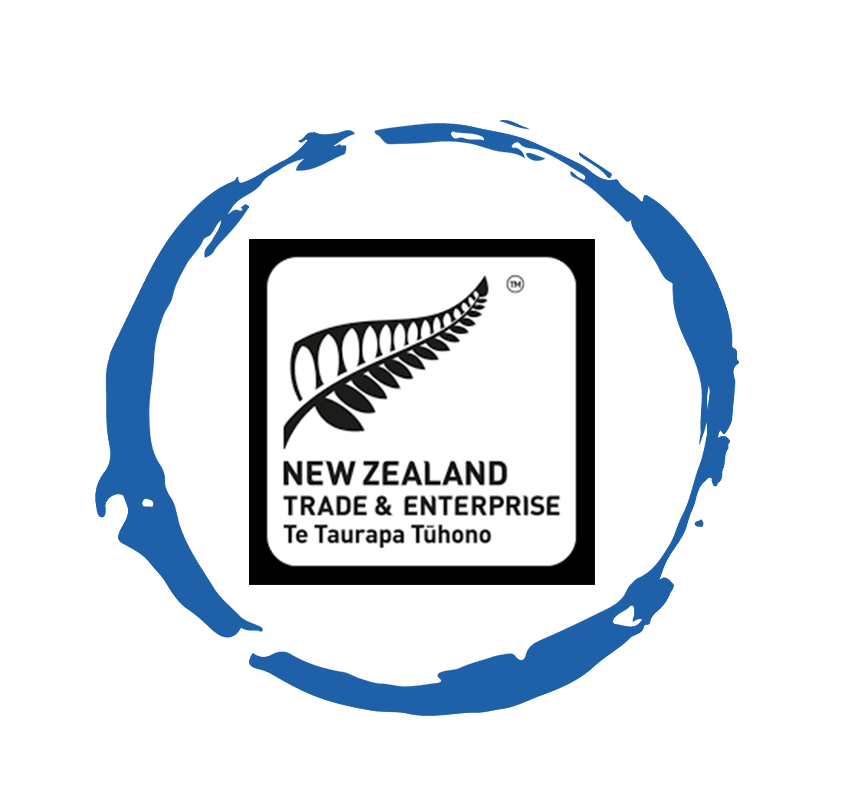
Joe Nelson - New Zealand Consulate General
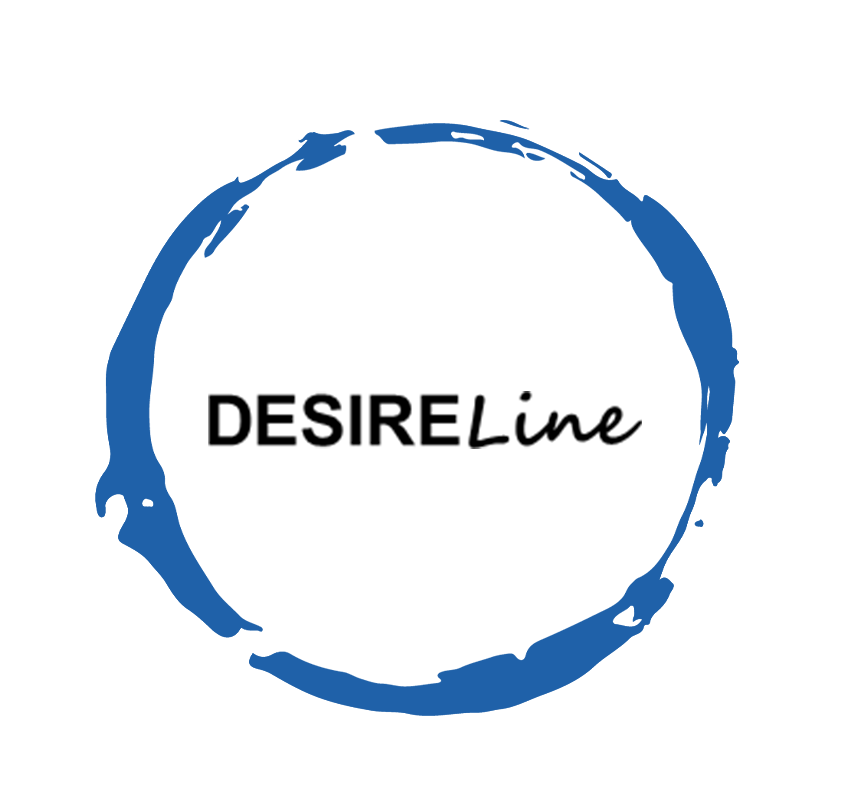
Steve Kretschmer - Executive Director
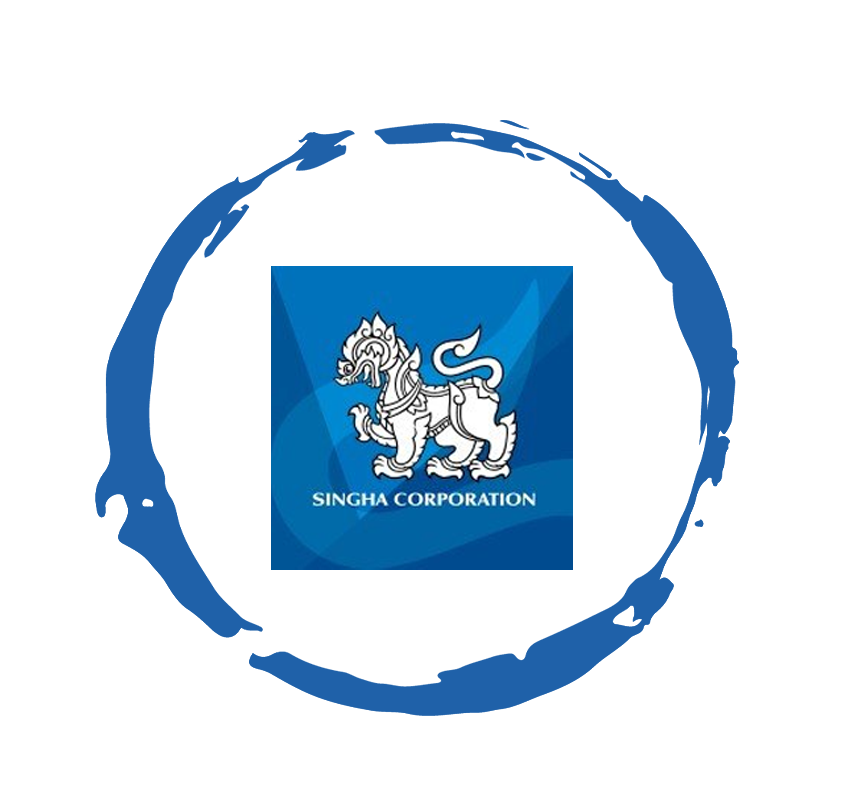
York Spencer - Global Marketing Director

Laura Baines - Programmes Snr Manager

Mai Trang - Brand Manager of Romano

Hanh Dang - Product Marketing Manager
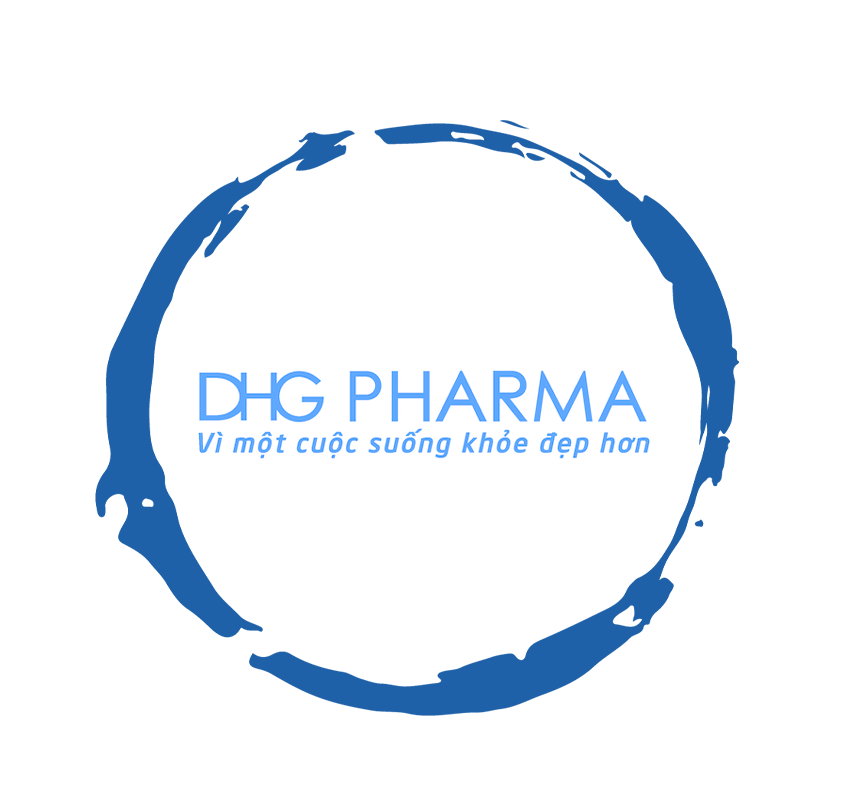
Luan Nguyen - Market Research Team Leader
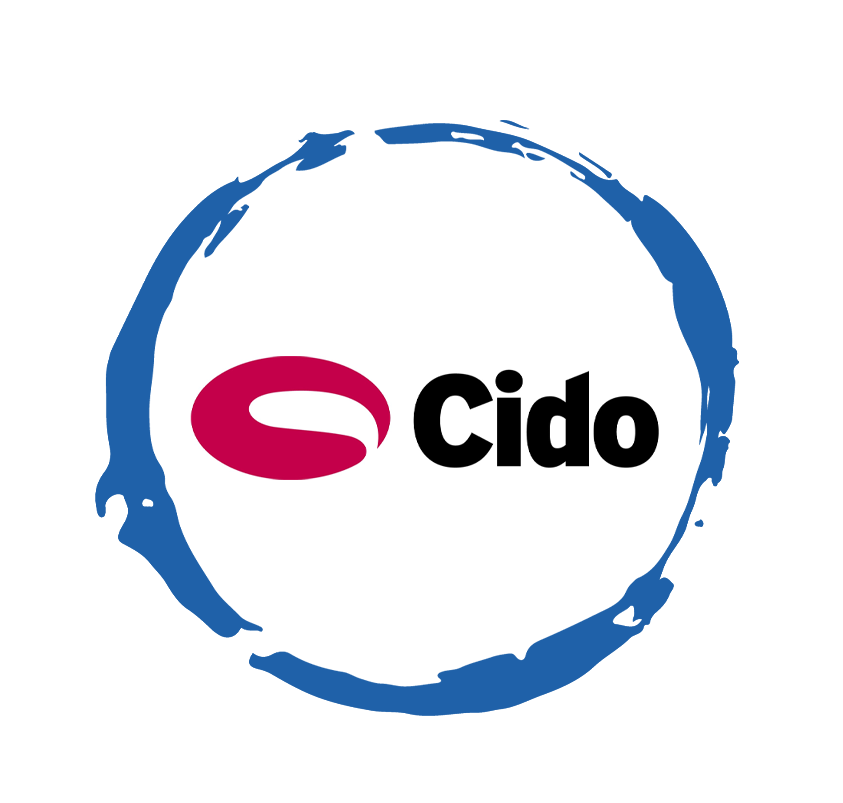
Max Lee - Project Manager
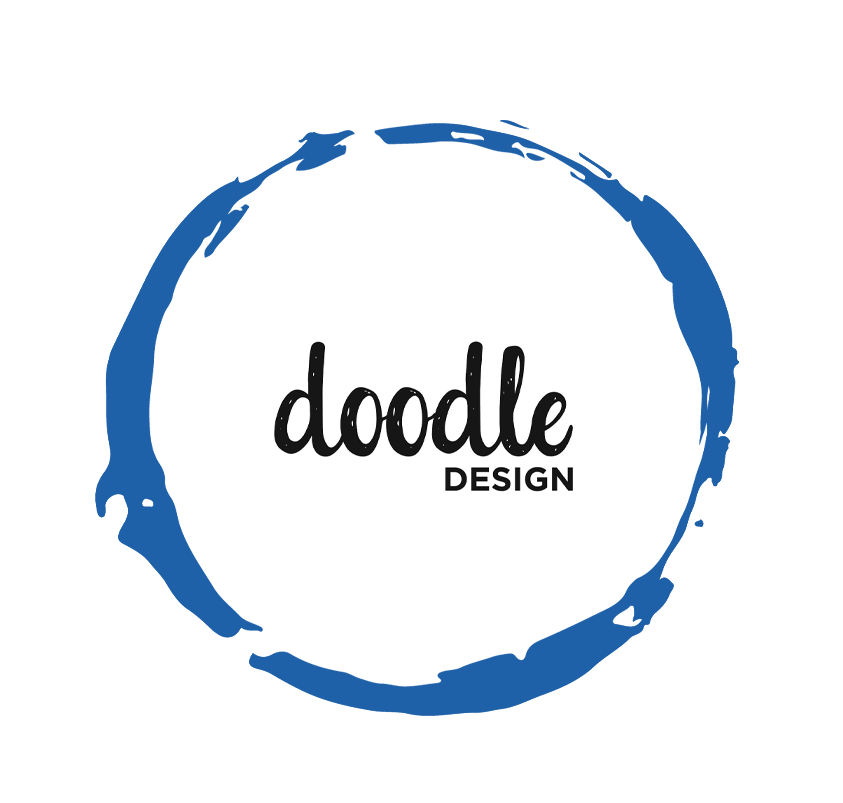
Chris Elkin - Founder

Ronald Reagan - Deputy Group Head After Sales & CS Operation

Chad Ovel - Partner

Private English Language Schools - Chief Executive Officer
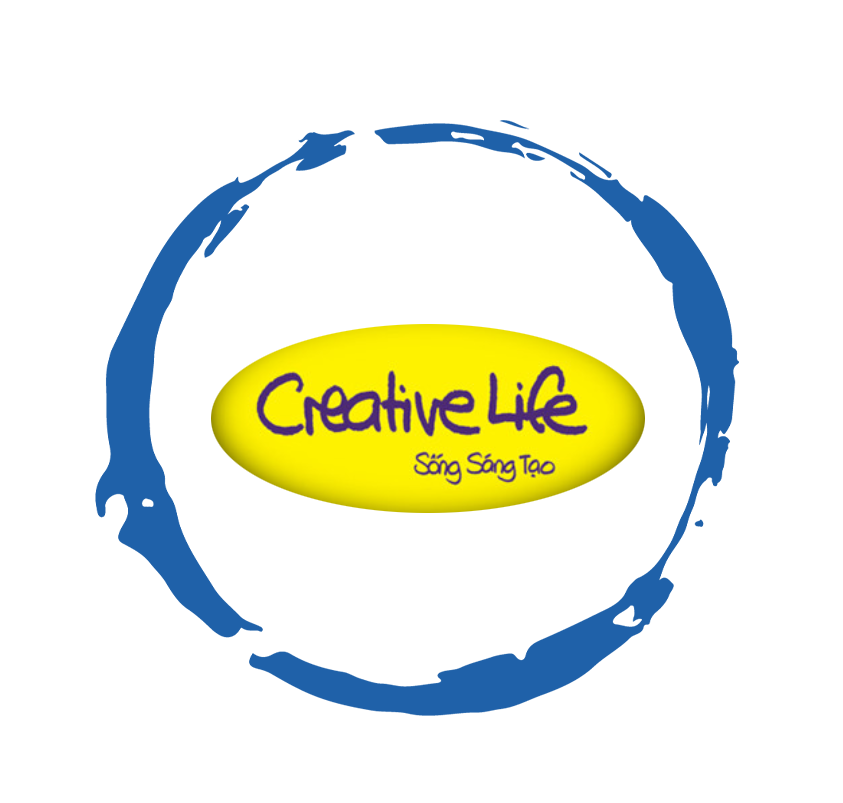
Rick Reid - Creative Director
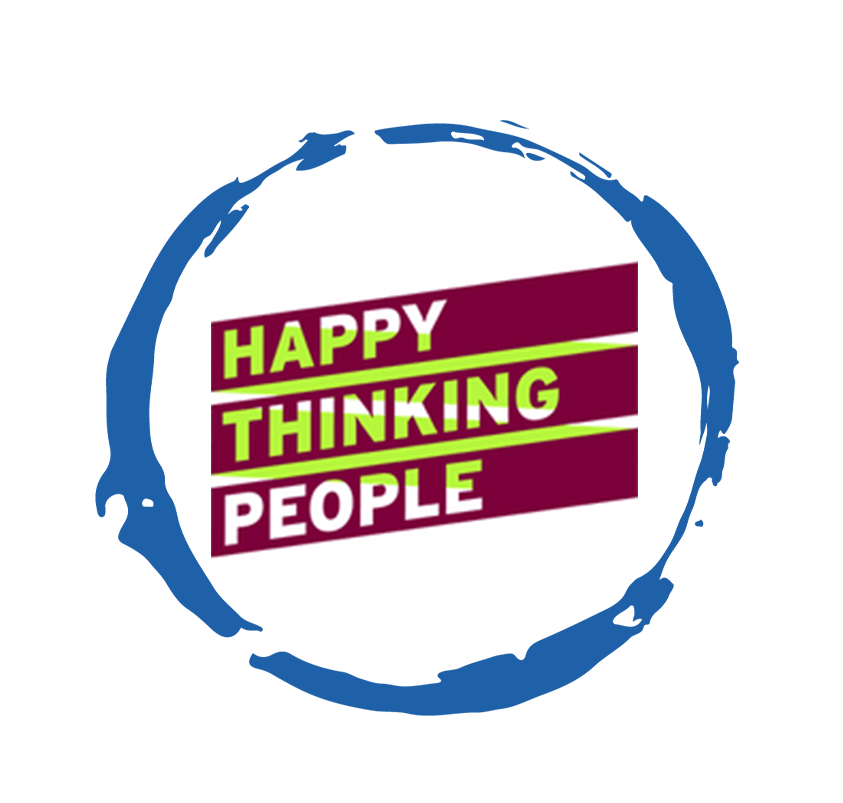
Janine Katzberg - Projects Director

Anya Nipper - Project Coordination Director

Dr. Jean-Marcel Guillon - Chief Executive Officer

Joyce - Pricing Manager

Matt Thwaites - Commercial Director
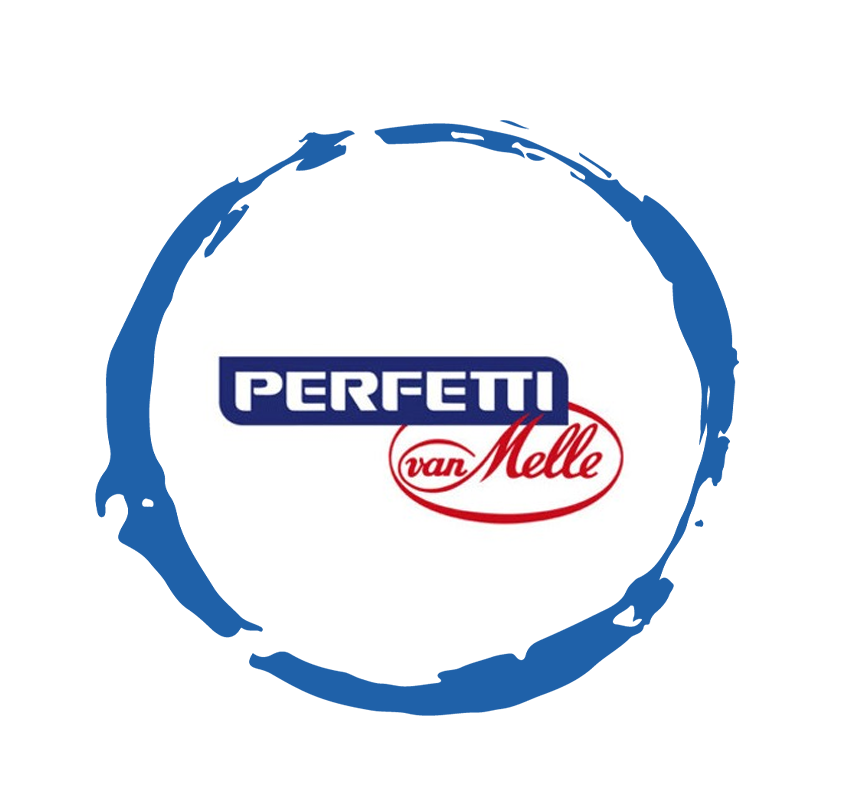
Aashish Kapoor - Head of Marketing

Kelly Vo - Founder & Host

Thanyachat Auttanukune - Board of Management
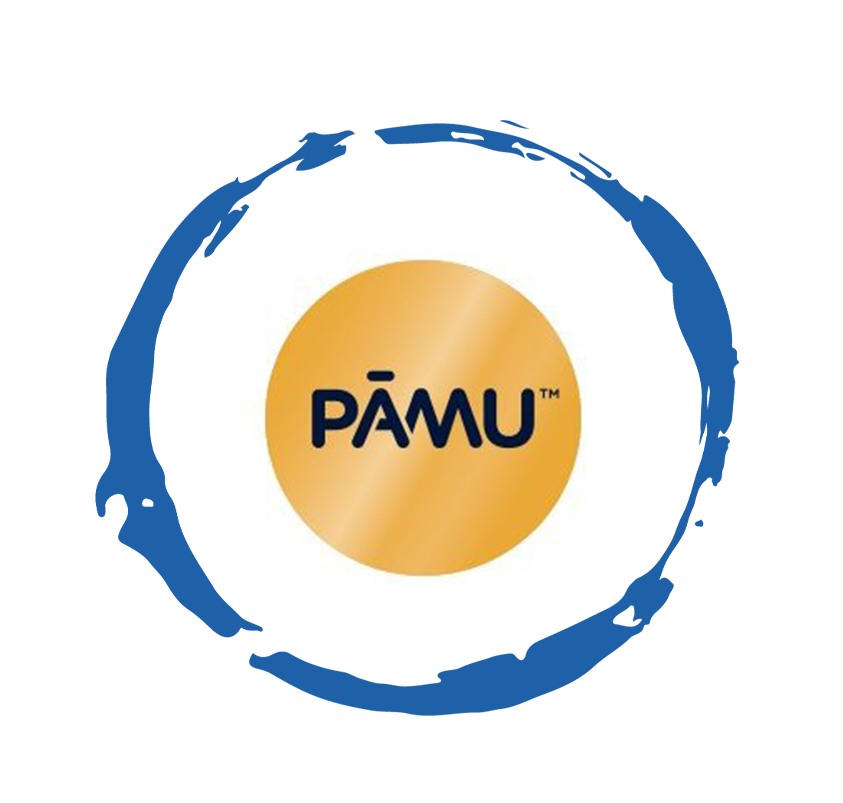
Hamish Glendinning - Business Lead

Thuy Le - Consumer Insight Manager

Richard Willis - Director

Ha Dinh - Project Lead
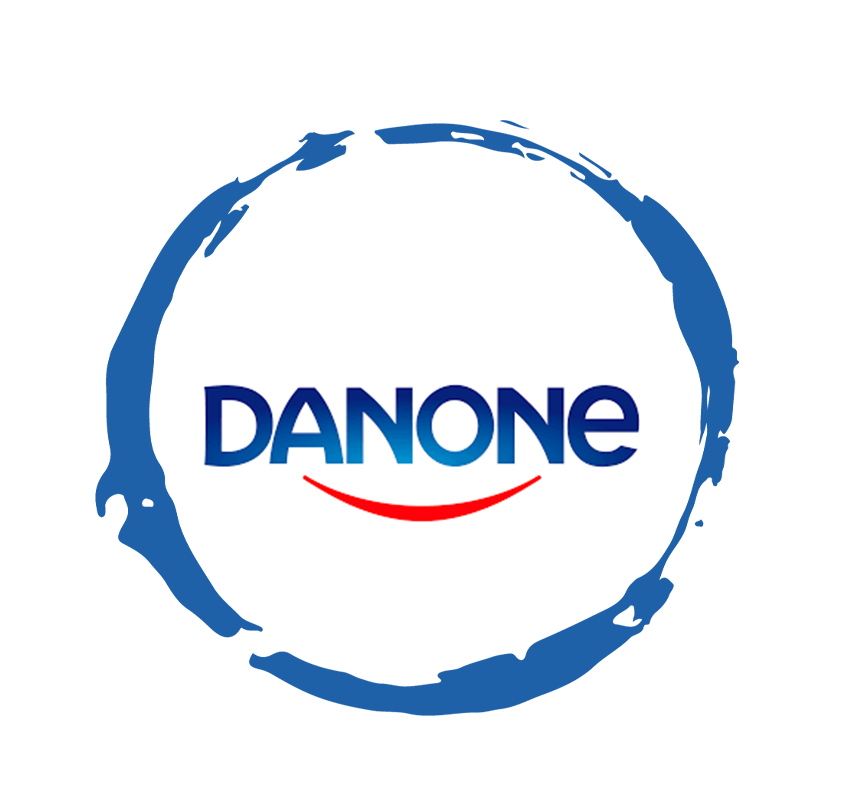
Geert Heestermans - Marketing Director

Louise Knox - Consumer Technical Insights
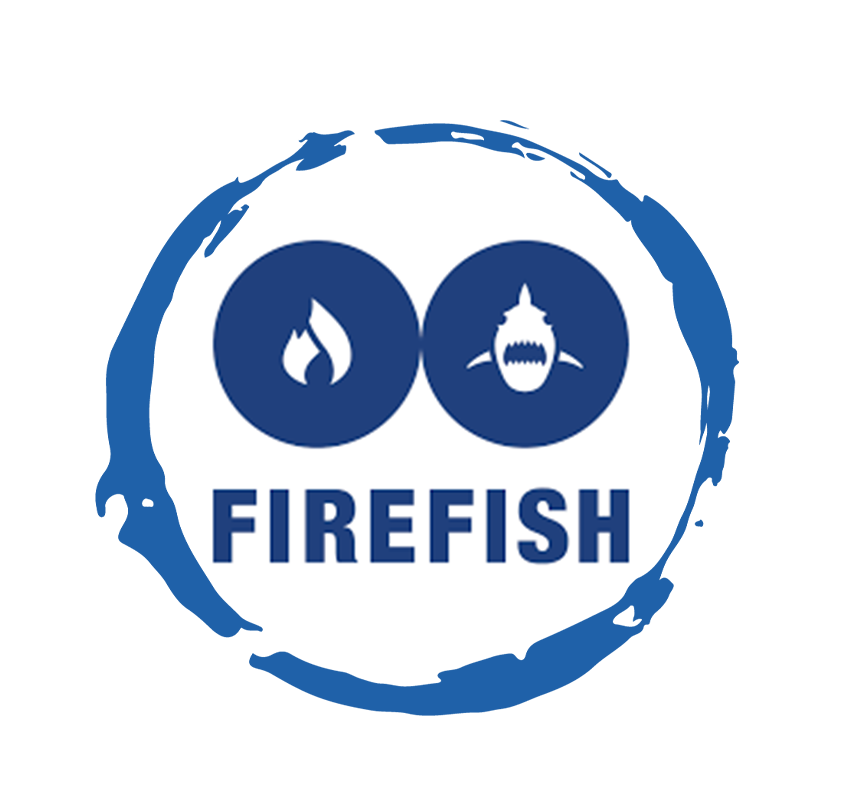
Aimee Shear - Senior Research Executive
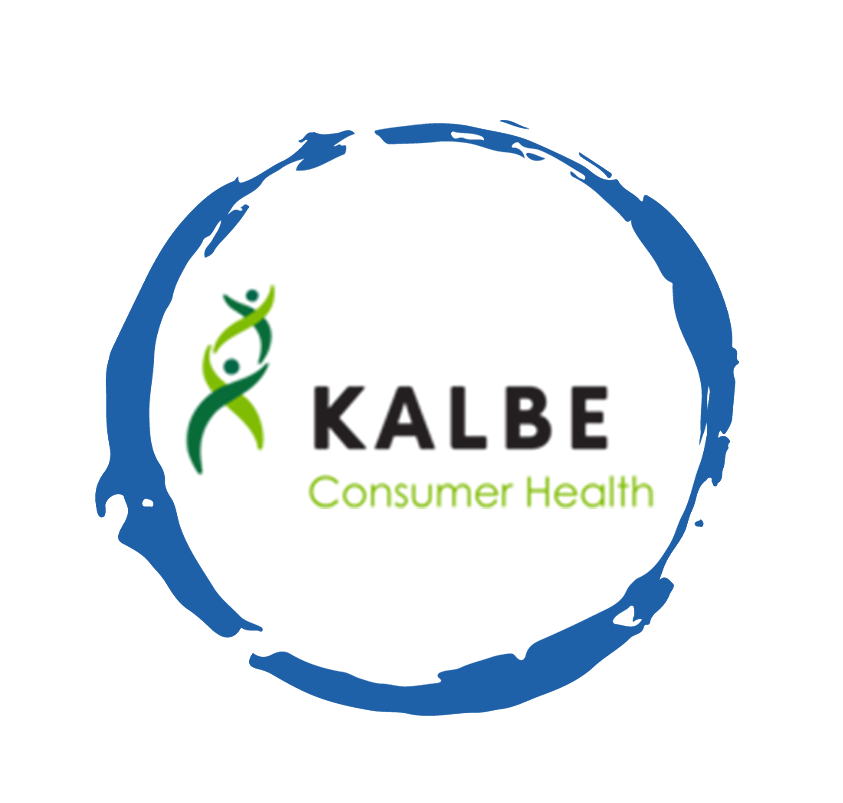
Dennis Kurnia - Head of Consumer Insights

Tania Desela - Senior Product Manager
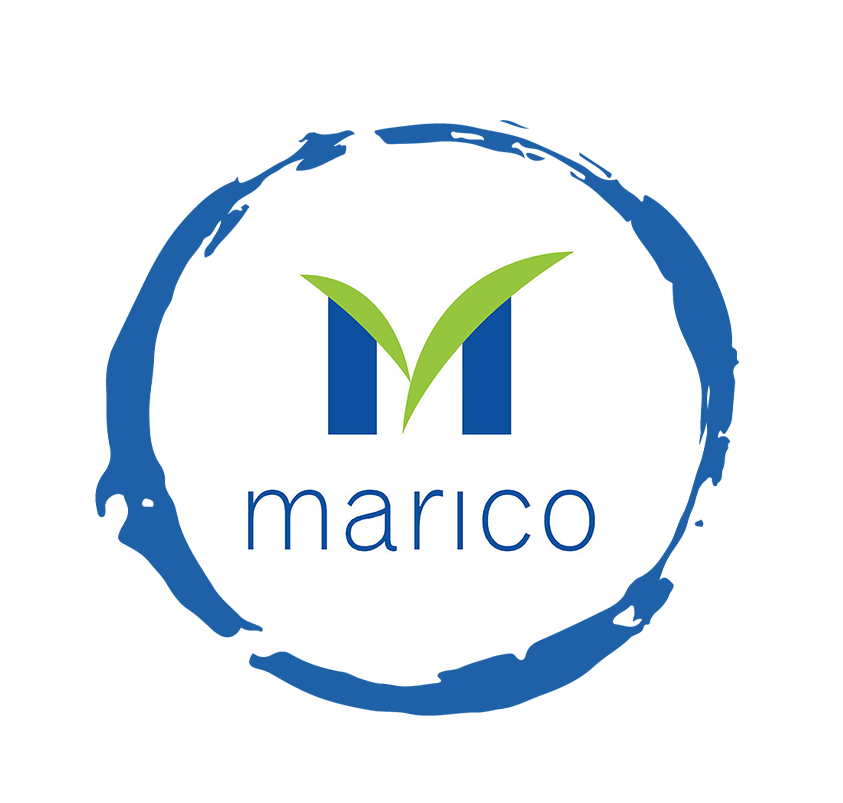
Thu Phung - CTI Manager

Linda Yeoh - CMI Manager

Cimigo’s market research team in Vietnam and Indonesia love to help you make better choices.

Cimigo provides market research solutions in Vietnam and Indonesia that will help you make better choices.

Cimigo provides a range of consumer marketing trends and market research on market sectors and consumer segments in Vietnam and Indonesia.

Cimigo provides a range of free market research reports on market sectors and consumer segments in Vietnam and Indonesia.
Xin cảm ơn. Một email kèm với đường dẫn tải báo cáo đã được gửi đến bạn.
Vui lòng điền thông tin vào biểu mẫu bên dưới để tải về báo cáo miễn phí.
Báo cáo sẽ được gửi vào email bạn điền ở bên dưới.
Please enter the information for free download.
The report will be sent to your email.
